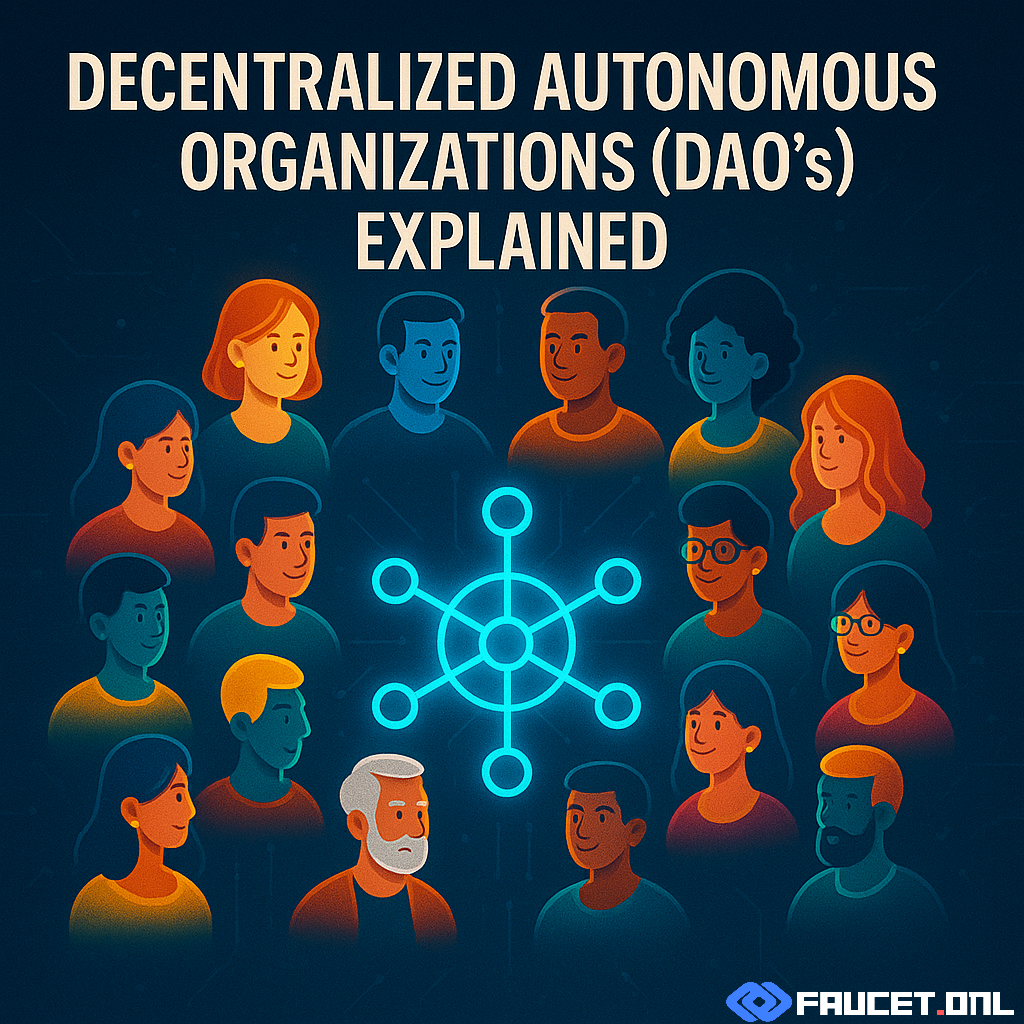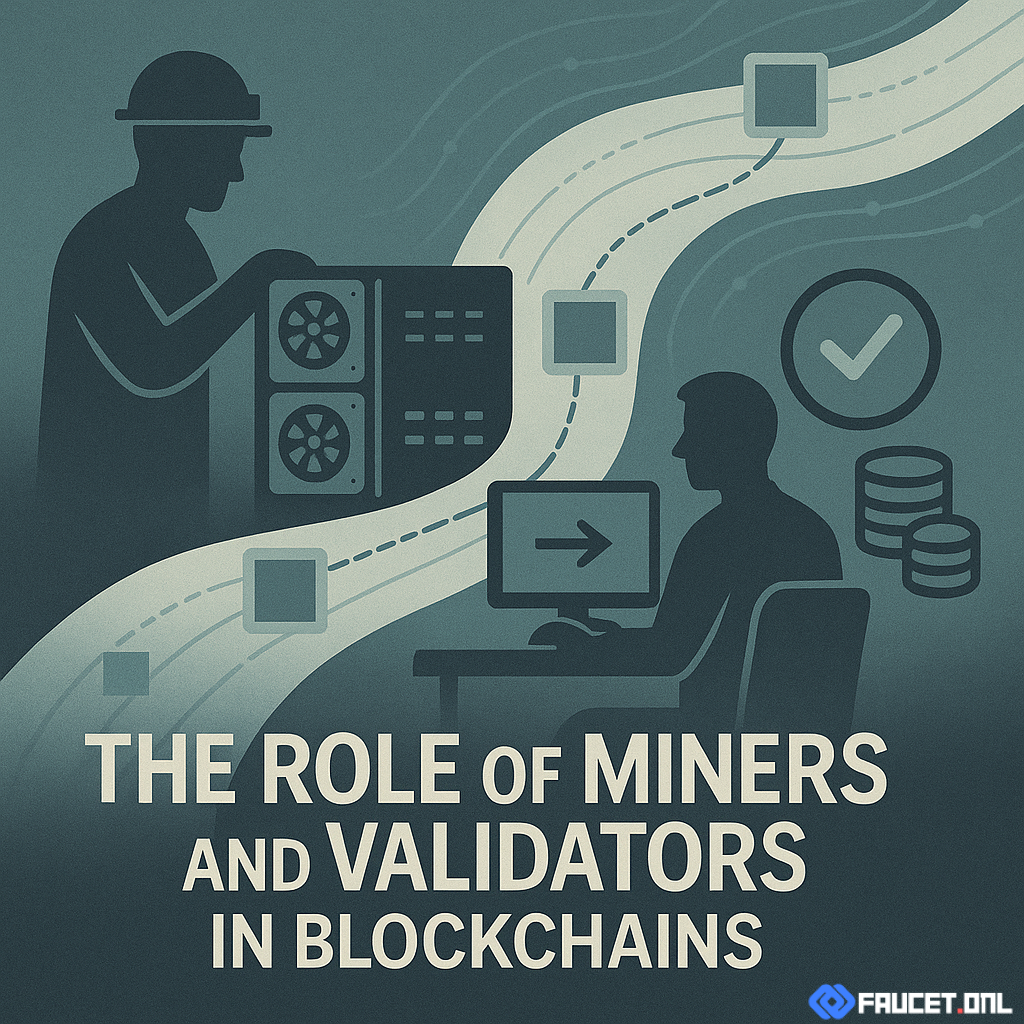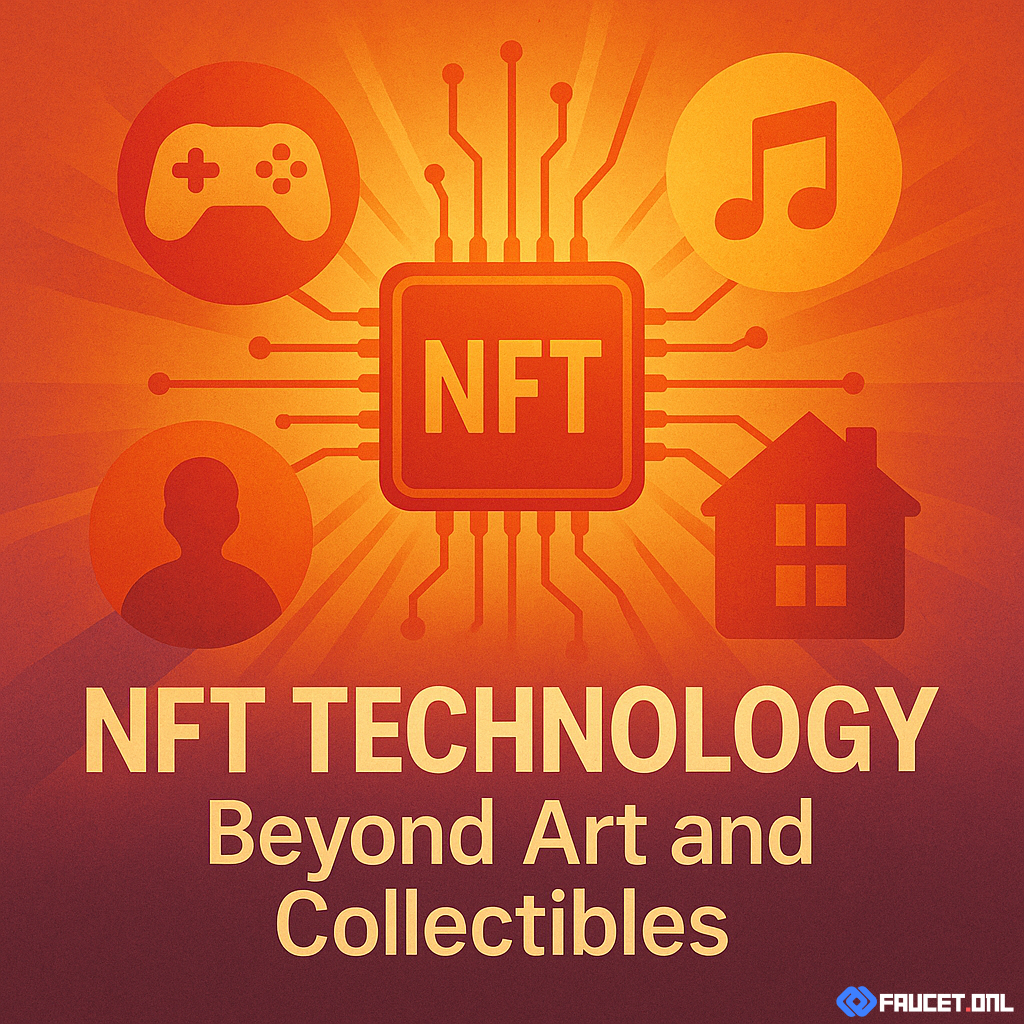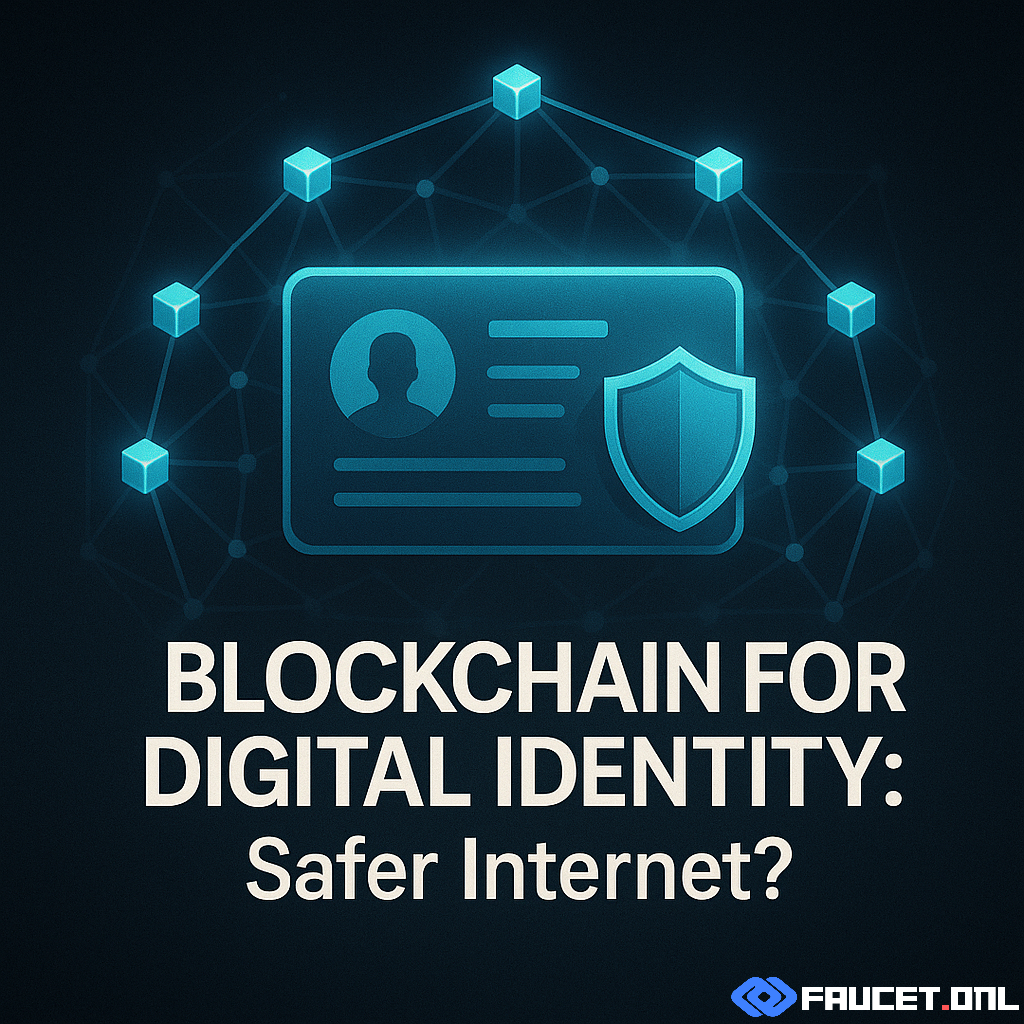What’s a DAO?
A Decentralized Autonomous Organization (DAO) is a novel organizational structure powered by blockchain technology, enabling communities to coordinate and make decisions without central authority. Unlike traditional corporations or nonprofits—where power often rests in the hands of a select few—DAOs are governed collectively by their members, typically through tokens that confer voting rights. The DAO’s rules and operations are encoded in smart contracts, which are open, transparent, and automatically enforce decisions agreed upon by the group.
This decentralized setup means DAOs can exist and operate entirely online, transcending borders, intermediaries, and much of the bureaucracy that slows down legacy organizations. Whether you’re interested in launching a new project, managing digital assets, or building grassroots movements, DAOs provide a framework for distributed, democratic governance.
How It Works
At the heart of every DAO is a set of smart contracts deployed on a blockchain—most commonly Ethereum. These contracts define the organization’s rules, membership criteria, and decision-making processes. Here’s how the typical DAO workflow looks:
- Membership: Individuals join by acquiring the DAO’s native tokens, which represent both membership and voting power.
- Proposals: Any member can submit a proposal to change how the DAO operates, allocate funds, or start a new initiative.
- Voting: Proposals are put to a community-wide vote, with each member’s influence proportional to their token holdings (or, in some DAOs, via quadratic or reputation-based voting to level the playing field).
- Execution: If a proposal passes, smart contracts execute it automatically—disbursing funds, updating rules, or taking other on-chain actions.
All activity is transparent and recorded on the blockchain, allowing members to verify the DAO’s finances and actions at any time. This openness builds trust and accountability, critical for healthy, engaged communities.
Examples
DAOs have taken many shapes, fueling innovation across the blockchain space and beyond. Some notable examples include:
- MakerDAO: Oversees the DAI stablecoin, letting members steer the protocol’s stability and governance.
- Uniswap DAO: Manages upgrades and decisions for the leading decentralized exchange, with all changes voted on by UNI token holders.
- Friends with Benefits (FWB): A social DAO where membership grants access to digital events, community projects, and collaborations.
- Gitcoin DAO: Supports funding for open-source projects, with the community voting on grant allocations and ecosystem development.
- ConstitutionDAO: A famous attempt to collectively purchase a copy of the US Constitution, highlighting both the potential and challenges of internet-native organizations.
DAOs now span DeFi, arts, philanthropy, gaming, and social networking, each leveraging decentralized governance to serve their unique missions.
Challenges
While DAOs are innovative, they aren’t without hurdles:
- Governance Complexity: Achieving truly democratic and efficient decision-making at scale remains tough, with issues like voter apathy and power concentration.
- Security Risks: Vulnerabilities in smart contracts can expose DAOs to hacks and exploits, as famously seen with The DAO in 2016.
- Legal and Regulatory Uncertainty: DAOs operate in a gray area in most jurisdictions, making it unclear how they fit within existing legal frameworks or how members’ liabilities are defined.
- Coordination Overhead: Rapid, decentralized growth can make aligning goals, communication, and execution challenging, especially as communities scale globally.
- Sustainability: Designing incentive structures to keep members engaged and motivated over the long term is an ongoing experiment.
These obstacles are the subject of ongoing research and experimentation as DAO builders and communities seek resilient solutions.
Future Outlook
Despite the challenges, the future for DAOs is bright and full of possibilities. Technological advances—like improved voting mechanisms, modular smart contract frameworks, and identity tools—are making DAOs more accessible and resilient. Meanwhile, experiments with new governance models, including reputation-based and community-elected councils, are fostering more inclusive and adaptive organizations.
As legal clarity improves and more tooling becomes available, DAOs are expected to expand beyond crypto, empowering movements in arts, social causes, science, and even politics. For community enthusiasts, DAOs offer an unprecedented playground for experimentation and a real chance to shape the future of collective action—one block at a time.
Conclusion: DAOs and the Future of Community
DAOs stand at the crossroads of technology and community, proving that decentralized collaboration is not just possible but powerful. By aligning incentives, enabling transparency, and removing barriers to participation, DAOs are redefining how we organize and build together in the digital age. As more people embrace this model, the impact of DAOs will only grow, unlocking new forms of value, creativity, and empowerment across the globe.



